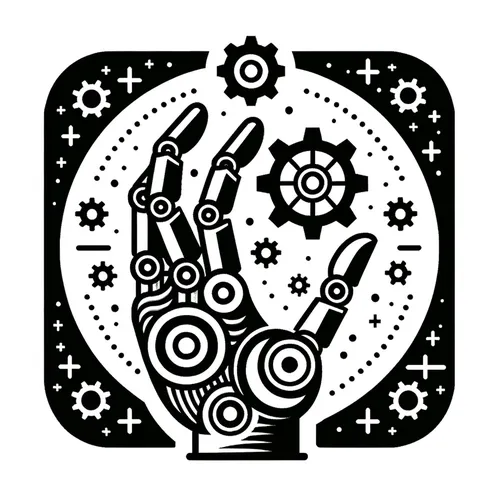Robots Gone Wild: AI Sparks Automation Revolution, Analysts Predict Massive Growth
- Author
- Quiet. Please
- Published
- Sat 12 Jul 2025
- Episode Link
- https://www.spreaker.com/episode/robots-gone-wild-ai-sparks-automation-revolution-analysts-predict-massive-growth--66952939
This is you Robotics Industry Insider: AI & Automation News podcast.
The robotics and automation industry is surging into the second half of 2025 with record momentum, driven by both technological breakthroughs and expanding real-world adoption across manufacturing and logistics. Global industrial robot deployment hit new highs in 2024, with more than 4.28 million robots now active in factories worldwide. Asia, especially China, dominates new installations, but growth is robust in Europe and the Americas as well. The integration of artificial intelligence is transforming robots from rigid taskmasters to adaptable collaborators: advanced vision, analytics, and large language models now empower machines to interpret complex environments, self-optimize during tasks, and switch roles on the fly. This AI-fueled leap is sometimes called the “ChatGPT moment for robotics,” as new self-learning systems enable robots to learn tasks via simulation and generative models, reducing the need for painstaking manual programming.
At major industry events like Automatica 2025 in Munich, established leaders such as ABB Robotics rolled out heavy-duty robot arms designed for dynamic, high-mix environments like automotive spot welding and electronics assembly. Their latest lineup includes shelf-mounted robots capable of handling payloads up to 350 kilograms, working in tandem with floor-mounted units to maximize output. ABB also introduced a next-generation autonomous mobile robot cart, leveraging visual simultaneous localization and mapping for precise, flexible logistics—underscoring the shift toward versatile, autonomous robotics that can integrate across production lines and warehouse floors.
Market analysts project the global industrial automation market to reach roughly 570 billion United States dollars by 2034, expanding at a compound annual growth rate above 9 percent. This growth is propelled by manufacturers’ relentless pursuit of greater productivity and efficiency through robotics, artificial intelligence, and advanced control systems. Smart factories now utilize AI-enabled robots for predictive maintenance, supply chain optimization, and quality control, thereby reducing downtime and freeing workers for higher-value tasks. Events like Automate 2025 reflected this optimistic outlook with record attendance, signaling that stakeholders are preparing for a new era of digital transformation, even as some economic and geopolitical uncertainties linger.
For those listening, now is the moment to evaluate your innovation roadmap: prioritize pilot programs with collaborative robots, invest in AI-powered analytics for your manufacturing data, and explore partnerships with automation leaders to future-proof operations. Expect continued convergence between physical automation and AI over the coming years, enabling even greater flexibility, self-management, and efficiency across sectors from automotive to food production and beyond.
Thank you for tuning in to Robotics Industry Insider. Be sure to join us next week for more essential updates. This has been a Quiet Please production, and for more, check out Quiet Please Dot A I.
For more http://www.quietplease.ai
Get the best deals https://amzn.to/3ODvOta
